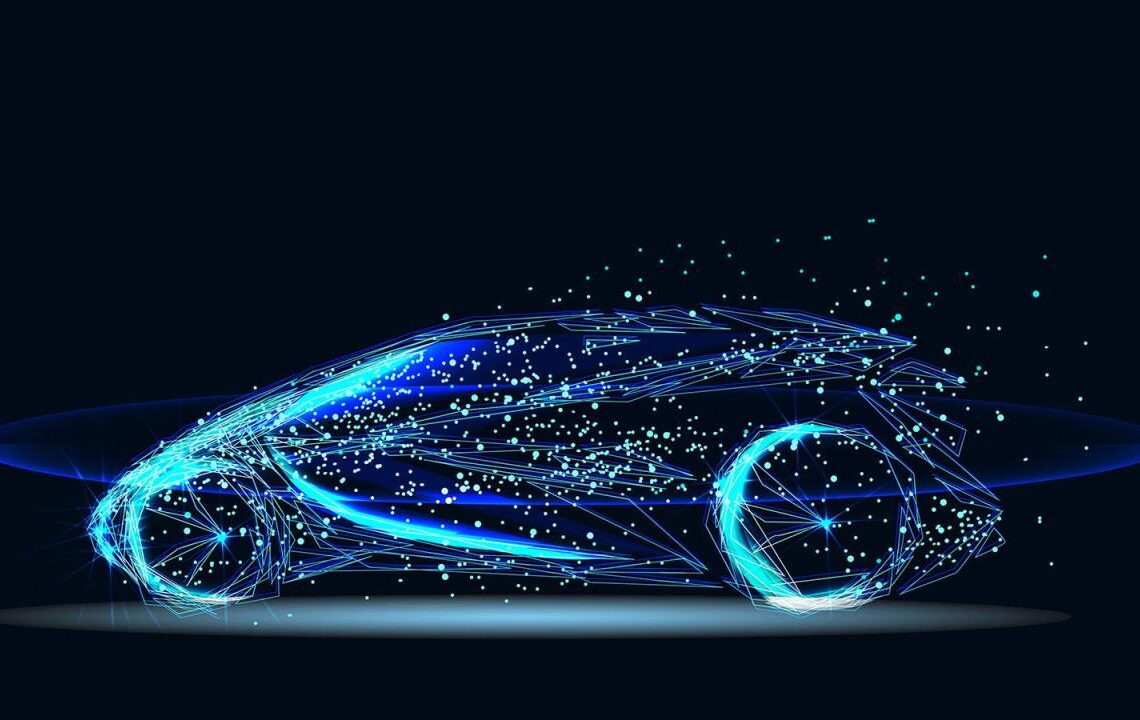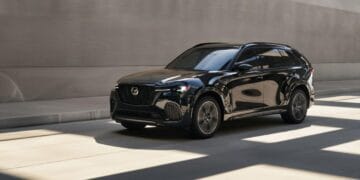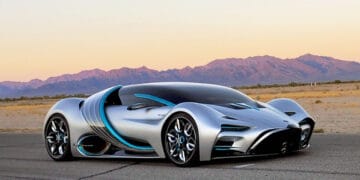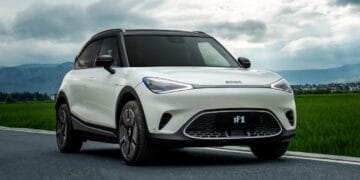The landscape of future mobility is undergoing a profound and rapid transformation, moving far beyond the traditional concept of individual car ownership to embrace a diverse array of innovative transportation solutions. Driven by advancements in technology, escalating environmental concerns, evolving urban landscapes, and shifting consumer preferences, the way people and goods move is being fundamentally re-imagined. This comprehensive exploration delves into the intricate web of future mobility trends, examining the groundbreaking innovations, the interconnected systems, and the profound societal impacts that are collectively reshaping how we travel, work, and live in the years and decades to come.
The Dawn of a New Mobility Era
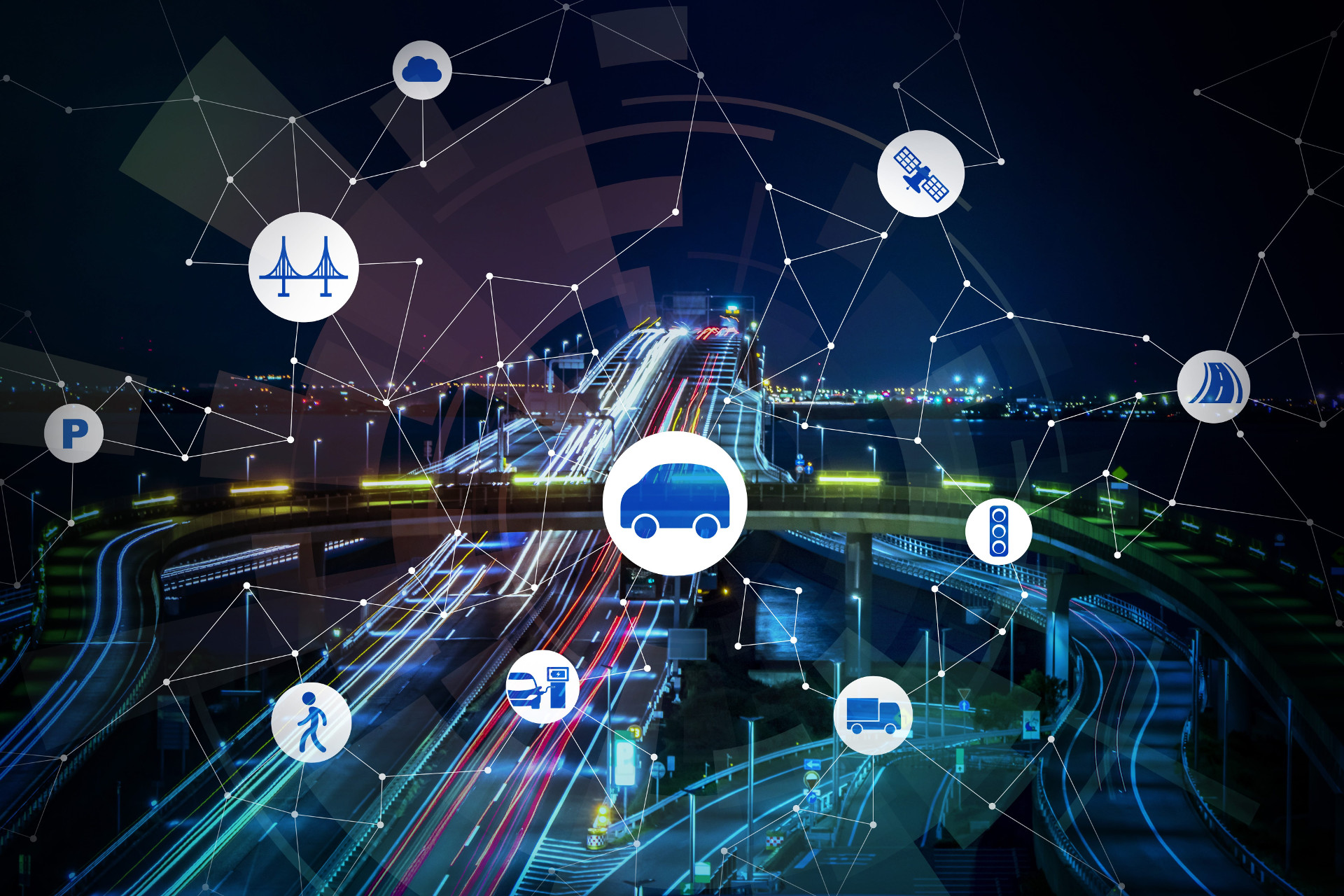
For over a century, the internal combustion engine (ICE) and privately owned vehicles have dominated personal transportation. However, a convergence of global challenges—including climate change, urban congestion, limited resources, and the desire for greater efficiency—is accelerating a paradigm shift. The future of mobility is no longer solely about individual cars but about integrated, intelligent, and sustainable transportation ecosystems. This new era promises a future where commutes are more efficient, journeys are safer, and access to transportation is more equitable.
The excitement surrounding these changes stems from the potential for a drastically improved quality of life. Imagine cities with significantly reduced traffic, cleaner air, and quieter streets. Picture personal transportation that is on-demand, personalized, and seamlessly connected, freeing up time previously lost to driving. For businesses, future mobility solutions promise optimized logistics and new revenue streams. For governments, they offer pathways to achieving ambitious sustainability goals and creating more livable urban environments. This confluence of technological possibility and societal need is propelling the world towards an unprecedented era of mobility innovation.
A. Core Pillars of Future Mobility
Several interconnected pillars form the foundation of the evolving mobility landscape:
Electrification of Vehicles:
A. Battery Electric Vehicles (BEVs): The primary focus, with rapidly improving battery technology leading to longer ranges, faster charging times, and reduced costs.
B. Plug-in Hybrid Electric Vehicles (PHEVs): Bridging the gap between ICE and BEVs, offering electric-only range for shorter trips and gasoline power for longer journeys.
C. Fuel Cell Electric Vehicles (FCEVs): Utilizing hydrogen to generate electricity, offering zero emissions and quick refueling, particularly promising for heavy-duty vehicles and long-haul transport.
D. Charging Infrastructure Expansion: Critical for widespread adoption, including public fast-charging networks, home charging solutions, and innovative technologies like wireless charging and battery swapping.
Autonomous Driving (Self-Driving Technology):
A. Levels of Automation: Progressing from driver-assist systems (Level 1/2) to conditional automation (Level 3) and ultimately high (Level 4) and full (Level 5) automation.
B. Sensor Fusion: The integration of data from multiple sensor types (cameras, LiDAR, radar, ultrasonic) to create a comprehensive, real-time understanding of the vehicle’s surroundings.
C. Artificial Intelligence (AI) and Machine Learning (ML): The “brain” enabling AVs to perceive, predict, plan, and control vehicle movements safely and efficiently.
D. Impact on Safety: The potential to drastically reduce road accidents caused by human error, leading to millions of lives saved globally.
Vehicle-to-Everything (V2X): A broad term encompassing various forms of communication:
A. V2V (Vehicle-to-Vehicle): Cars communicating directly with each other to share data on speed, direction, braking, and hazards.
B. V2I (Vehicle-to-Infrastructure): Vehicles communicating with traffic lights, road sensors, and other smart infrastructure to optimize traffic flow, warn of road conditions, and manage congestion.
C. V2P (Vehicle-to-Pedestrian): Future systems where vehicles might communicate with smart devices carried by pedestrians or cyclists to enhance safety.
B. Impact on Urban Planning and Infrastructure
Future mobility trends will profoundly reshape urban landscapes and necessitate significant infrastructure adaptations:
A. Reduced Need for Parking Spaces: With shared and autonomous fleets, fewer privately owned vehicles will mean less demand for parking, potentially freeing up valuable urban land for housing, green spaces, or commercial development.
B. Dedicated AV Lanes and Smart Roads: Cities may implement dedicated lanes or “smart corridors” for autonomous vehicles to optimize their flow and safety. Roads will be equipped with sensors and V2I communication devices.
C. Decentralized Charging Infrastructure: A widespread network of charging stations (public, private, residential) will be required, integrated into urban planning, potentially including lamp post chargers, wireless charging pads, and even dynamic wireless charging within roads.
D. Redesigned Public Spaces: As roads become less congested and safer, cities can reallocate space to pedestrian zones, bike lanes, parks, and outdoor public areas, enhancing livability.
E. Logistics Hubs: Autonomous delivery vehicles and drones will require urban logistics hubs for efficient sorting, transfer, and last-mile delivery, potentially outside city centers to reduce congestion.
F. Reshaped Residential Areas: Autonomous services could potentially reduce the need for multiple cars per household, influencing residential parking design and household transportation budgets.
C. Economic and Societal Transformations

The shift in mobility patterns will have far-reaching economic and societal consequences:
Job Creation and Disruption:
A. New Roles: Growth in software engineering, AI development, data science, cybersecurity, robotics, and charging infrastructure installation and maintenance.
B. Shifting Roles: Re-training for automotive manufacturing workers transitioning from ICE to EV production.
C. Potential Disruption: Automation could impact jobs in long-haul trucking, taxi services, and delivery, necessitating workforce retraining and social safety nets.
Reduced Environmental Impact:
A. Lower Emissions: Widespread EV adoption significantly reduces greenhouse gas emissions and air pollution, contributing to climate change mitigation and improved public health.
B. Noise Reduction: Quieter electric vehicles contribute to a reduction in urban noise pollution, enhancing the quality of life in cities.
C. Resource Efficiency: Optimized routing, shared mobility, and potentially smaller vehicle sizes could lead to more efficient use of resources and reduced energy consumption per passenger mile.
Enhanced Safety:
A. Accident Reduction: Autonomous vehicles, designed to eliminate human error, have the potential to drastically reduce the number of road accidents, fatalities, and injuries.
B. Lower Healthcare Costs: Fewer accidents translate to reduced burdens on healthcare systems and emergency services.
Increased Accessibility and Equity:
A. Mobility for All: Autonomous ride-sharing services could provide affordable and accessible transportation for individuals who cannot drive (elderly, disabled, visually impaired, non-licensed).
B. Closing Transportation Gaps: MaaS platforms can help bridge transportation gaps in underserved urban and rural areas.
New Business Models and Industries:
A. Mobility as a Service Providers: Companies managing integrated transportation platforms.
B. Data Analytics and AI Services: Businesses specializing in processing and leveraging mobility data for urban planning, traffic management, and personalized services.
C. Autonomous Fleet Management: Companies specializing in the maintenance, charging, and deployment of autonomous vehicle fleets.
D. Battery Recycling and Raw Material Sourcing: Growing industries focused on the sustainable lifecycle of EV batteries.
D. Challenges and Hurdles to Overcome
Despite the immense potential, the path to widespread adoption of future mobility solutions is fraught with challenges:
Regulatory Frameworks:
A. Standardization: Lack of consistent global standards for AV testing, deployment, and data sharing.
B. Liability: Establishing clear legal liability in the event of an AV accident.
C. Cybersecurity Laws: Developing robust regulations to protect autonomous systems from hacking and data breaches.
Public Acceptance and Trust:
A. Safety Concerns: Overcoming public skepticism and fear, particularly after high-profile AV incidents.
B. Ethical Dilemmas: Addressing societal comfort with AI-driven decision-making in critical situations.
C. Data Privacy: Ensuring the secure and ethical use of the vast amounts of personal mobility data collected.
Infrastructure Investment:
A. Funding: The enormous capital investment required for charging infrastructure, smart road technologies, and V2X networks.
B. Pace of Deployment: Ensuring infrastructure development keeps pace with vehicle adoption rates.
C. Grid Capacity: Upgrading electricity grids to handle the increased demand from widespread EV charging, especially from renewable sources.
Technological Maturity:
A. Level 5 Autonomy: Achieving truly robust Level 5 autonomous driving in all conditions (snow, heavy rain, complex urban environments) remains a significant technical challenge.
B. Edge Cases: Handling unpredictable and rare “edge cases” that are difficult to program for or anticipate.
C. Cost of Technology: While decreasing, the advanced sensors and computing power for high-level autonomy are still expensive, impacting vehicle affordability.
Behavioral and Cultural Shifts:
A. Individual Car Ownership: Shifting entrenched cultural preferences for private car ownership to shared mobility models.
B. Digital Divide: Ensuring equitable access to new mobility technologies across different socio-economic groups.
C. Resistance to Change: Overcoming inertia and resistance from existing industries and traditional mindsets.
Conclusion
The future of mobility is not a distant vision but a rapidly unfolding reality, driven by a convergence of technological breakthroughs and pressing global needs. From the quiet hum of electric vehicles and the precision of autonomous systems to the seamless integration of diverse transportation modes, the way we move is undergoing an unprecedented transformation. While significant challenges related to regulation, infrastructure, and public acceptance remain, the collective efforts of governments, industries, and researchers worldwide are steadily paving the way for a more connected, clean, and convenient tomorrow.
This revolution promises cities that are more livable, commutes that are more productive, and a level of personal freedom that transcends the limitations of traditional transportation. As these future mobility trends continue to mature and integrate, they will unlock new economic opportunities, foster greater environmental sustainability, and ultimately reshape the very fabric of our societies, creating a world where efficient and equitable movement is a fundamental cornerstone of modern life. The journey has begun, and the destination promises a smarter, cleaner, and more accessible way to move.

